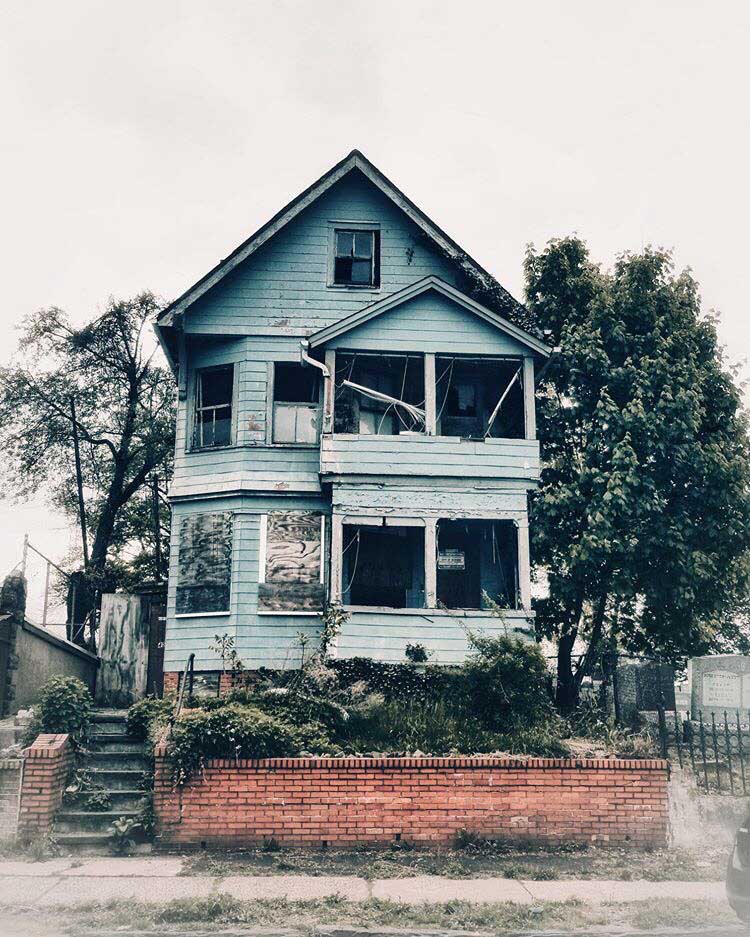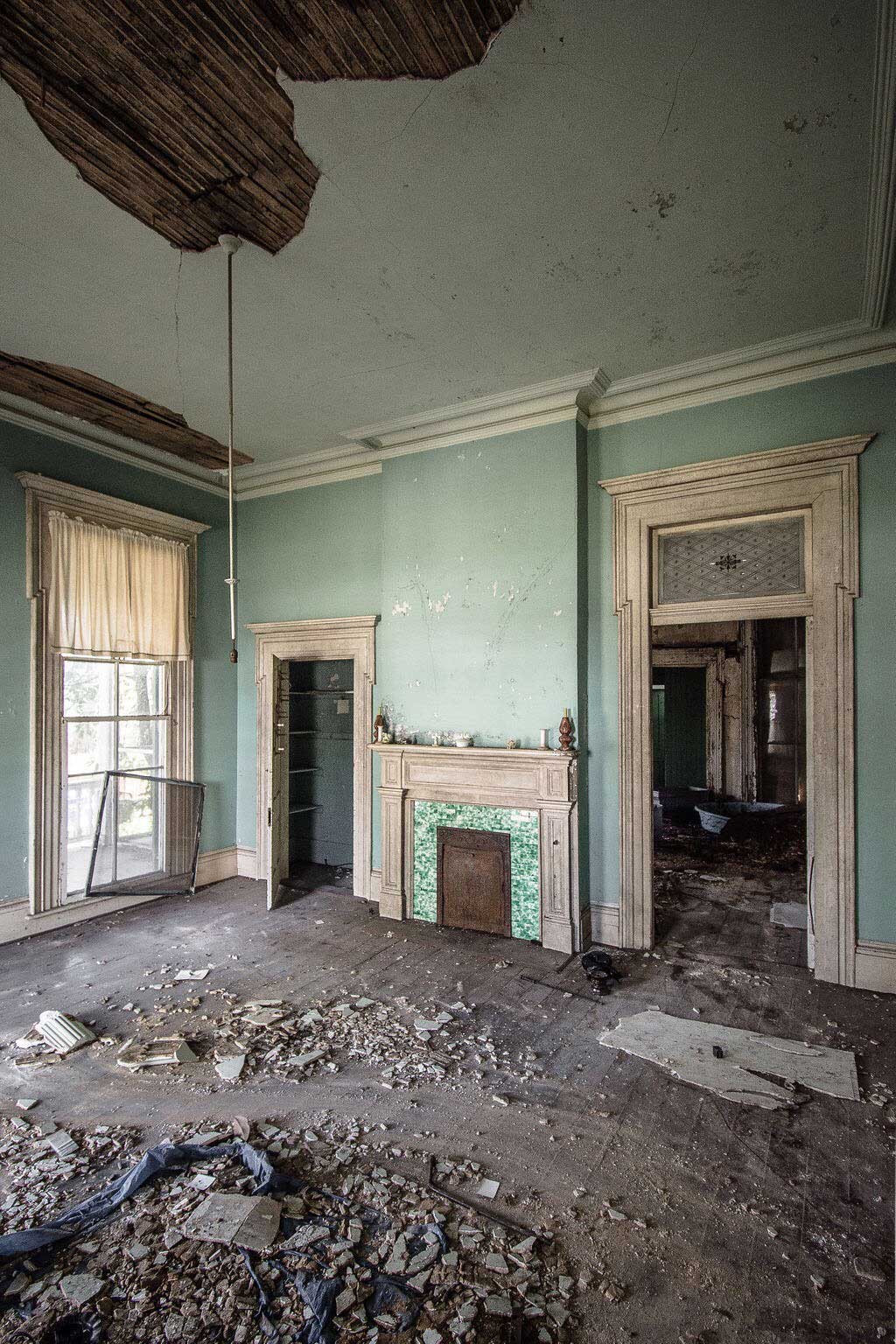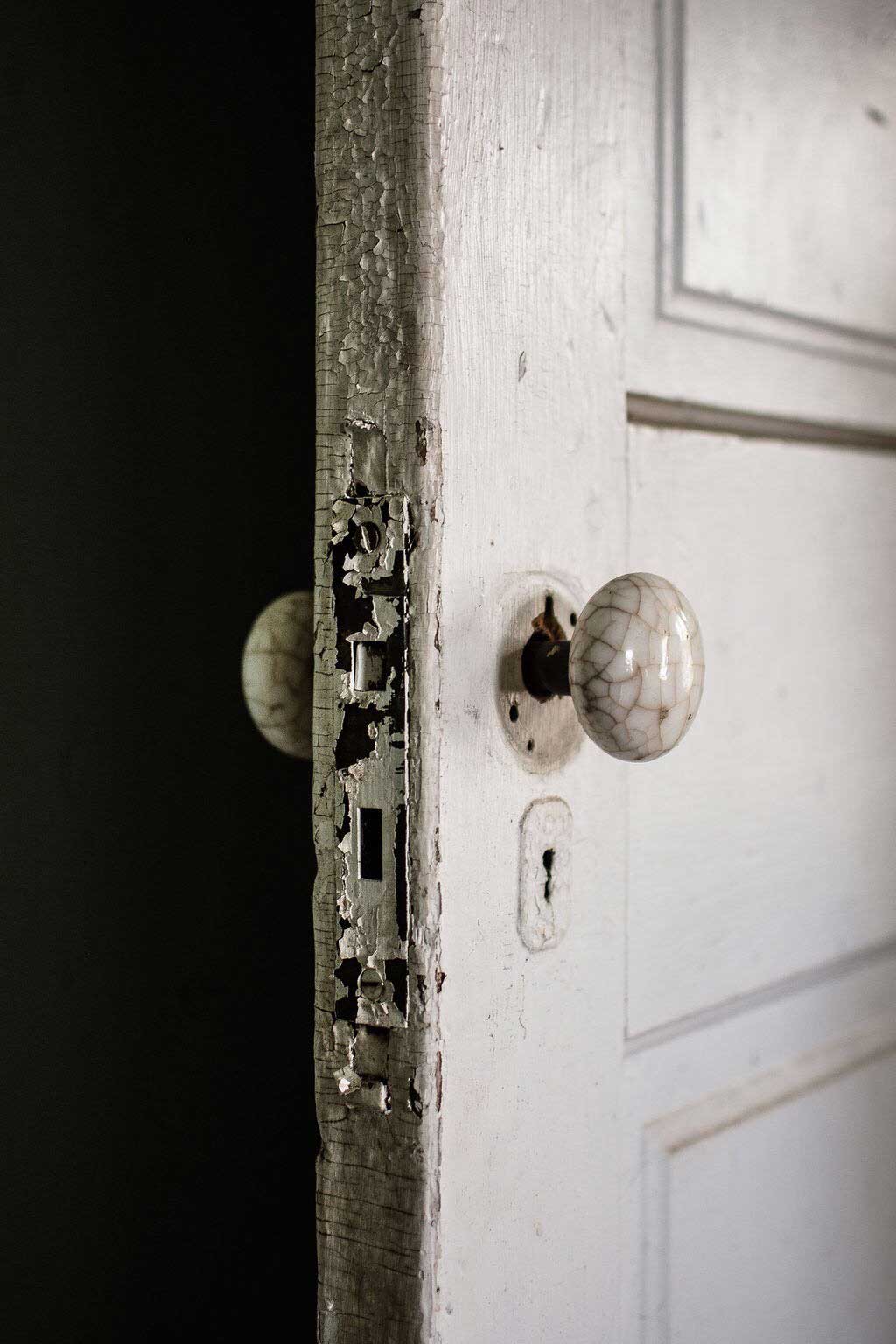
Most people know Keith Taillon as the Instagrammer that is walking every block of Manhattan. Impressive — but that’s hardly the driving force behind his popular social media page. The Harlem resident is trying to salvage the architectural history of his city before it is lost to the construction boom.
“We’re going to be sad that we can’t show students where the Lindy Hop was invented or where Louis Armstrong played,” Taillon said. “I don’t know what to do other than feel sad and tell the stories of the places that are being lost.”
In such an oversaturated city, Taillon has a knack for peeling away layers of modernity to reveal things “forgotten and yet right under our feet.” Schooled as an urban planner, the 33-year-old’s Instagram page is a passion project that wouldn’t have been possible in a different era. This type of research used to require hours in a library, rifling through card catalogs and microfiche. Weekend historians are now using social media to make meaningful contributions to an underfunded field.
View this post on Instagram
The issue is no less dire across the river, where the market now rivals Manhattan’s. In the next decade, thousands of new residences in Newark and Jersey City will vie for space with existing landmarks. But no matter how hard the preservation regime pushes back against developers, it is still limited in what can be legally enforced.

“There are developers who want to do things the right way and go through the historic preservation commission,” said Emily Manz, executive director of Preservation New Jersey. “But there are also buildings that are knocked down in the dead of night.”
The public, meanwhile, is getting smarter, learning things like how to restore vintage hardware in a crockpot. But to what end? Are we more likely than before to demand protection for historic buildings?

That hasn’t really been the case. Last year, a bill to establish a state tax credit for historic properties floundered in the New Jersey state legislature. And despite the troubling underrepresentation of minorities in the field, the landmark commission in Montclair failed to win the support of homeowners on Wheeler Street, a historically Black neighborhood, and withdrew its designation as a historic district.
The problem could be that municipalities are too “balkanized” to rally for transformative change, according to Autumn Florek, a planning consultant to several townships in the region. But the real “existential” peril is that the field is far too elitist. In fact, less than one percent of people working in preservation are Black, the New Yorker reported. “By and large, the narrative that is getting told is the narrative of the privileged,” Florek said.

This lack of diversity gives rise to a host of complications. Newark’s preservation scene is a candle burning at both ends. Downtown real estate is coveted by developers, but the surrounding neighborhoods are vulnerable to neglect, according to photographer Sharon Heyward. Heyward has been using social media to document the blight in places like Newark’s West Ward for the past six years.
The city of Newark recently chose eight minority developers to transform 21 blocks in the West Ward partly by restoring century-old homes. Heyward hopes the developers invite local influencers to help document these renovations and inspire the next generation of restorationists.
Still, these social media endeavors are only a means to an end, Manz warns.
“Sharing images is important,” said Manz, who cofounded the tour company Have You Met Newark. “But we need to be intentional about how they connect with the current owner of a property or a church and see where support and resources are needed.”
So you want to become an influencer? The field of historic preservation needs all the help it can get. Take the advice of these talented social media stars and the followers will come pouring in.
Tips on photographing historic landmarks:
1. Invest in a tripod: One of the hardest things to capture is interior light. Using a tripod, according to photographer Cate Short, allows you to use slower shutter speeds, which gives her art an air of warmth and mystery.
2. Wake up early: Documenting historic buildings often entails exploring unfamiliar locales. Sharon Heyward recommends hitting the streets early to avoid nosey neighbors.
Tips on researching historic landmarks:
Many resources have gone digital, so you can do plenty of research at home with a cat on your lap:
– The National Park Service has an online database of landmarks on the National Register of Historic Places.
– For other landmarks, Chronicling America and Newspapers.com allow you to search newspapers from as far back as the 18th century.
– If you have the name of a homeowner, you can find immigration and census records at FamilySearch or Archives.
– The Newark Public Library and New York Public Library have historic atlases, such as fire insurance maps, so you can figure out when a property was built.
Follow in the footsteps of these local influencers:
1. A Newark native began this Instagram page @NewarkNJblog in hopes of fostering pride in New Jersey’s most populous city. Well-researched walking tours have earned him a massive following that includes celebrities like Queen Latifah and Ice-T.
2. Some history can’t be found in books. Mark Andrew Holmes runs a Facebook community Newark, NJ History of past and current Newark residents who love to reminisce.
3. East Orange, a city steeped in history, finally has the fan page it deserves. Marjani Jones may have created the Facebook group Beautiful Homes of East Orange, NJ to spotlight the architecture in her town. But she and her followers often share stories about the homeowners who have shaped the city.